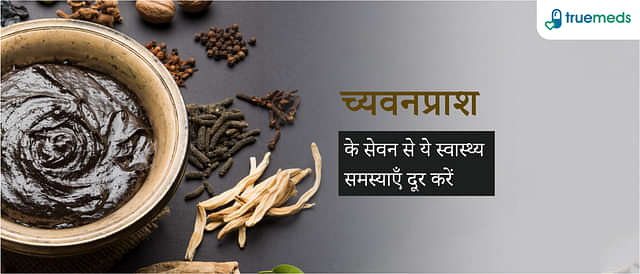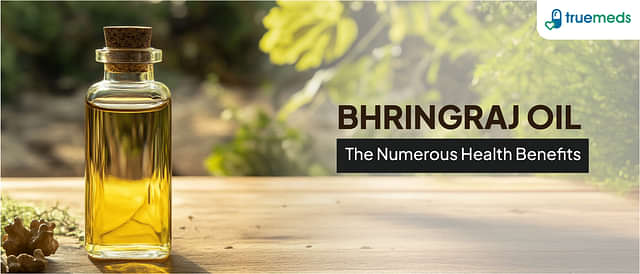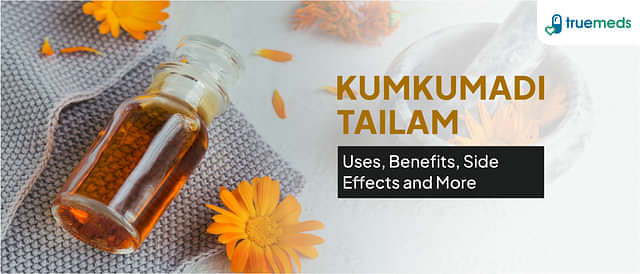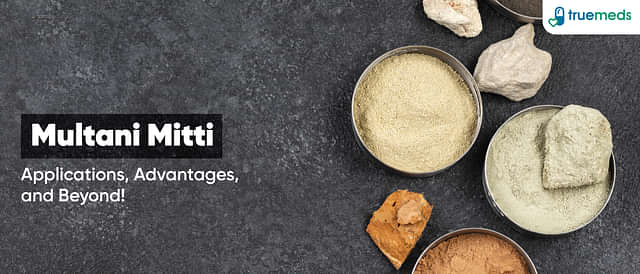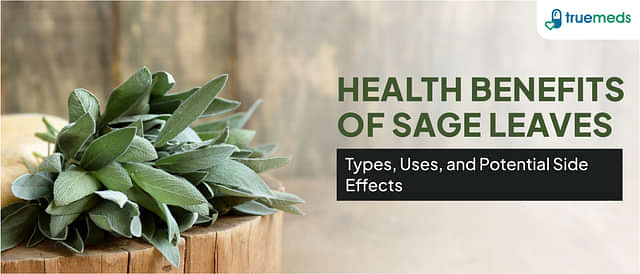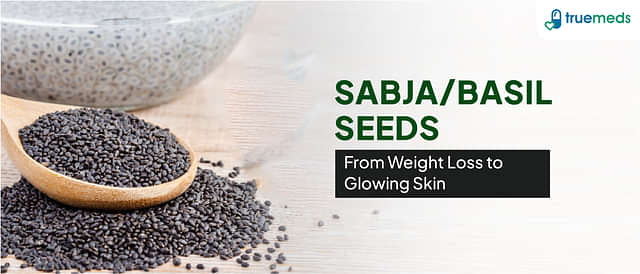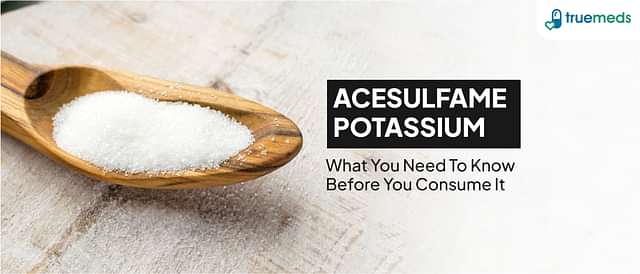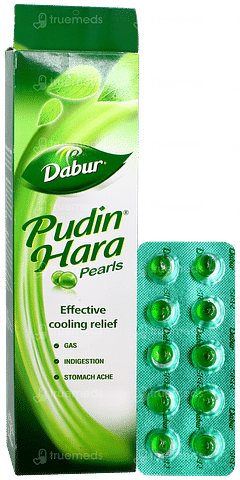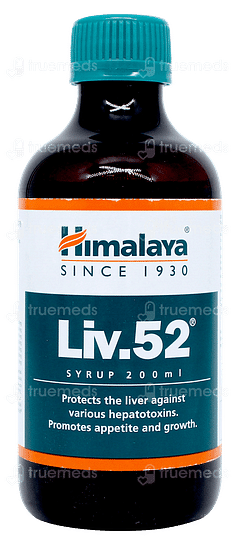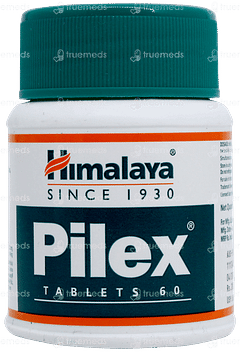Alum
Alum (Aluminium Sulphate) is a non-toxic solid compound widely used in water treatment plants to clarify drinking water. Its primary function is to aid coagulation and flocculation, which helps remove suspended particles and impurities. In lake management, alum reduces phosphorus levels, limiting algae growth and improving water quality by controlling phosphorus release from lake bottom sediments. This process enhances water clarity and reduces the frequency of harmful algal blooms, making water safer for ecosystems and human use. This article will explore alum, its benefits, dosage and precaution tips.
Last updated on : 17 Oct, 2025
Read time : 12 mins
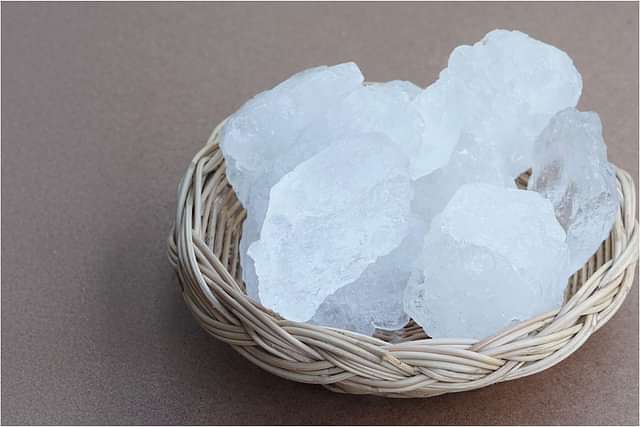
What is Alum?
Alum is an inorganic chemical compound generally made up of a hydrated double sulphate salt. It is composed of a trivalent metal (like aluminium) and a monovalent cation (such as sodium, potassium, or ammonium). The most common form used in traditional remedies and cosmetics is Potassium Aluminium Sulphate, often referred to as Potassium Alum or Potash Alum.
The general chemical formula for this common alum is KAl(SO4)2⋅12H2O. Alum is typically sold as white or sometimes red crystalline stones or powder, often known by its Hindi name, Fitkari (Phitkari).
Key Facts
| Feature | Details |
| What is Alum? | Alum is a chemical compound often used in water purification, medicines, cosmetics, and as a pickling agent. |
| Origin | Alum occurs naturally in minerals such as alunite and bauxite and can be found worldwide. It has been used for centuries in various industries. |
| Common Use | Alum is commonly used for water purification, as an astringent, in medicines, deodorants, and pickling foods. |
| Chemical Composition | Alum refers to a group of double sulphate salts containing aluminium, most commonly Potassium Alum (KAl(SO₄)₂·12H₂O). |
| Alternative Names | Potassium Alum, Potash Alum, Phitkari (in Hindi) |
| Health Benefits | It acts as an astringent and is used in diarrhoea, dysentery, menorrhagia, etc. It prevents body odour, promotes wound healing, and has antibacterial properties. |
| Forms Available | Powder, Crystal, Block, Liquid |
| Recommended Dosage | Topical application is typically recommended for skin use. When used in water purification, 1-2 grams per litre of water is standard. Always follow product guidelines. |
| Precautions | It should not be ingested in large quantities. Avoid direct contact with open wounds. Pregnant or breastfeeding women should consult a doctor before use. |
| Side Effects | It can cause skin irritation or dryness. Ingesting large amounts can be toxic. |
| Interactions | No significant interactions are known, but excessive use should be avoided on sensitive skin. |
| Storage | Store in a cool, dry place away from moisture. Keep tightly sealed when not in use. |
Alternative Name
In medical journals, alum is often referred to by several alternative names, including:
- Aluminium potassium sulphate
- Potassium alum
- Aluminium sulphate
- Aluminium hydroxide
Alum is known by various local names in different languages and regions. For example:
- Hindi: फिटकरी (Phitkari)
- Spanish: Alumbre
- French: Alun
- German: Alaun
Chemical Composition
Here’s the chemical composition of Alum in a tabular format:
| Component | Description |
| Potassium Sulphate (K₂SO₄) | It provides the potassium ion, essential for alum’s crystalline structure, and helps in coagulation processes. |
| Aluminium Sulphate (Al₂(SO₄)₃) | Supplies the aluminium ion, responsible for alum’s astringent and antibacterial properties and water purification. |
Alum Formula: KAl(SO₄)₂·12H₂O
This highlights the roles of potassium sulphate and aluminium sulphate in alum.
Health Benefits of Alum
Alum, a natural mineral, is known for its numerous health benefits. It helps purify water, soothe minor cuts, and maintain oral health. Alum also minimises skin irritation, calms razor burn, and tightens pores. Here are some key health benefits of alum:
1. Mouth Ulcers, Teeth Whitening & Gums
Alum may temporarily alleviate discomfort from mouth ulcers due to its astringent properties, but it is not a cure. Proper oral hygiene and consultation with a dentist are recommended for persistent mouth ulcers.
2. Athlete’s Foot & Cracked Heels
Alum may help soften hard skin and provide some relief for cracked heels when dissolved in warm water, but it is not a substitute for antifungal treatments. For athlete's foot, it’s essential to consult a healthcare provider for effective antifungal medications.
3. Shaving Care
Alum has been applied as an aftershave treatment for years due to its antibacterial and astringent nature; it aids in the treatment of minor injuries such as cuts and stops bleeding while at the same time tightening the skin. Avoid using alum stones that are used in barber shops to prevent infections.
4. Water Purification
Alum is widely used to clarify water by coagulating the dispersed material within the water and making the water transparent. Adding alum powder to muddy water helps settle the impurities, leaving clean water on top.
5. Natural Deodorant
Alum is well-known as a natural deodorant because of its antimicrobial features. Unlike chemical-based antiperspirants, it fights against the bacteria responsible for body odour while not clogging the sweat glands, making it healthier.
6. Hair Removal & Skin Tightening
Alum benefits include its use for hair removal when mixed with rose water, effectively slowing down hair growth over time. Additionally, it has skin-tightening properties. It can help reduce wrinkles. It also works well in face packs for acne when combined with turmeric or Multani mitti.
7. Haemorrhoid Relief
An alum sitz bath may offer temporary relief for haemorrhoids by soothing the area, but it is not a substitute for medical treatment. Consult a healthcare provider for proper haemorrhoid care and treatment.
Common Uses of Alum
Alum is a versatile compound and is effective in the following ways:
1. Water Purification
Alum is an agent used in water treatment processes, especially in flocculation. It assists in the clotting of foreign particles that, in this case, it hampers the water flow to facilitate the removal of these particles, hence providing clean and safe water.
2. Skincare
In skincare, alum is appreciated for the astringent effect which it produces. It helps in skin reformation, shrinks pores, and reduces acne scars for skin renewal. It also has antiseptic properties, which can be used to manage minor injuries such as cuts and scratches.
3. Natural Deodorant
Alum is a popular ingredient in natural deodorants because it inhibits bacterial growth, which is responsible for body odour. It is most commonly used as a crystal and directly on the skin.
Precautions of Alum
The following measures should be taken when using alum (aluminium sulphate) for medical purposes:
- Dosage and Administration: It is advised to strictly stick to the recommended dosage amount and the mode of application. It has been noted that its utilisation in excessive quantity or application inaccurately yields unpleasant consequences.
- Renal Function: Alum-containing products should not be taken by patients with kidney disease or whose kidneys have been damaged. There is also a renal excretion of aluminium, and therefore, patients with reduced renal function are at risk of developing aluminium toxicity.
- Skin Irritation: Alum has been known to irritate the skin where it is applied, significantly if damaged. A trial run should be made on a limited area and must not be used on rubbed areas of the skin.
- Allergic Reactions: Do not forget about possible reactions and allergies. Some signs may be itching, swelling of the face, lips or tongue swelling, and breathing problems. Stop using the product and consult the doctor if any skin reactions occur.
- Long-term Exposure: Prolonged exposure to high concentrations of alum has been linked to potential neurological issues, including Alzheimer’s disease. To avoid adverse effects, it is essential to use alum-containing products as directed by a physician. Long-term or excessive use should be avoided; large doses should never be taken without medical advice.
- Vaccine Adjuvant: Alum is commonly used as an adjuvant in vaccines to improve the ability of antigens to elicit immune response. Although it only has minor side effects, they may include reactions like skin redness and swelling at the injection area.
- Paediatric Use: It is recommended that more care should be taken while using alum in infancy and childhood due to the developing renal systems and the increased potential for absorption. This makes it essential to monitor dosage and use carefully to avoid adverse effects.
How to Use Alum
Alum, a chemical compound known as potassium aluminium sulphate, has several uses in health and hygienic aspects. Following are some recommended uses of alum:
1. Oral Health
Steps to use:
- Dissolve a small amount of alum powder in warm water.
- Rinse your mouth twice a day to control bacterial growth and oral candidiasis.
2. Skin Care
Steps to use:
- Use a moistened alum block for minor skin injuries or inflammation.
- Mix alum powder with rose water for skin whitening, apply the paste to your face, and rinse after drying.
3. Deodorant
Steps to use:
- Rub an alum block on wet underarms to reduce sweating and body odour.
4. Anti-Dandruff
Steps to use:
- Dissolve alum powder in water.
- Apply the solution to your scalp and rinse after some time.
5. Water Purification
Steps to use:
- Add a small amount of alum to the water.
- Stir and let it sit until impurities settle at the bottom.
Dosage
For any application, the recommended dosage of alum can differ. Here are some general guidelines:
1. For Oral Health
- Mouthwash: It’s recommended to dissolve 1-2 grams of alum in a glass of water. This solution’s magnitude and effectiveness can be employed to rinse your mouth 2-3 instances a day with the purpose of relieving canker sores and mouth odour.
2. For Skin Conditions
- Acne Treatment: Prepare a paste of the alum powder with water to form a thick consistency. Use this paste only on the affected area once a day. Due to its compelling nature, it is advisable to use it a little to avoid skin rashes or irritation.
- Anti-Dandruff: One to two grams of alum should be dissolved in one litre of water. Apply this solution on your hair when you are through the shampooing process, and do this 2-3 times a week.
3. For Minor Cuts and Abrasions
- Styptic Use: Paste a little alum powder on the surface of the cut to stop the bleeding. Use as needed.
4. As a Deodorant
- Crystal Form: Moisten the alum crystal and apply it to the underarms. Use daily after showering.
Important Considerations:
- Dosage: This supplement is usually used daily or occasionally; therefore, the usual dose falls typically between 100-150 mg. It should be noted that when taking any medication for the first time, especially one for the long term, you should begin with the lower end of the recommended dosage to avoid an adverse reaction.
- Consultation: It is recommended to always seek prior medical advice before applying alum or any other treatment on your skin, whether it is sensitive skin or when you are suffering from any medical condition.
Disclaimer
The recommended dosage information for alum provided here is for general guidance only and may vary depending on the specific application and individual circumstances. Always consult a qualified healthcare professional or relevant expert before using alum for any medicinal or therapeutic purposes. Avoid self-medication and discontinue use if any irritation or adverse reactions occur.
Interaction
Alum, specifically potassium alum may be incompatible with some drugs; it may hence change the said drugs’ action or enhance the side effects of the drug. As with all treatments, alum should never be self-administered without seeking advice from a health care worker.
- General Interactions: Alum can interact with certain medications, such as antacids and multivitamins. They may also impact the pH of the stomach, thus affecting the absorption of various medicines.
- Specific Drug Interactions: Alum can interfere with ciprofloxacin and azithromycin, affecting their absorption. Furthermore, medicines that prevent blood clotting, such as warfarin, may also be hindered by alum, which alters the body's ability to clot blood.
- Mechanism of Interaction: It also has properties that can chelate certain drugs, thereby decreasing their rate of absorption into the system due to changes in the pH of the stomach.
Recommendations: One should not assume that alum does not have side effects or possesses any potential for interaction with other drugs; therefore, anyone intending to use alum should do so under the prescription of a qualified doctor. Supervision and a possible dose of champagne may be required to prevent side effects.
Key Takeaways
- Alum is widely used in water purification, personal care, and home remedies.
- It has antibacterial, astringent, and coagulating properties, making it useful for skin care, respiratory and oral health, and controlling bleeding.
- Alum effectively treats canker sores, bleeding gums, and even piles.
- It can also be a natural deodorant to lighten the skin or remove facial hair.
FAQs
How much Alum do I put in my water?
What does Alum do?
Is Alum a spice?
How does Alum help in controlling bleeding?
Is Alum acidic or alkaline?
How do you apply Alum to underarms?
What is Alum used for in cooking?
How to use Alum on the face?
Is Alum good for piles?
Is Alum good for mouth ulcers?
Is Alum good for bleeding gums?
Is Alum good for injuries due to burns?
Explore other categories
Related Health Articles
Latest health articles
Top Health Essentials
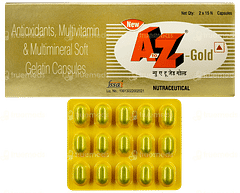
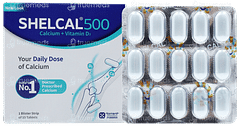
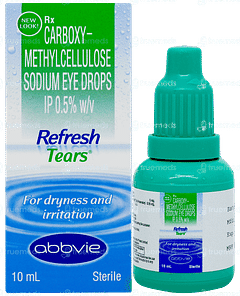
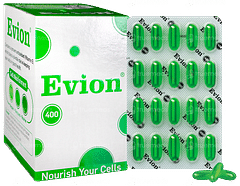
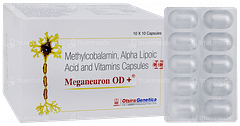
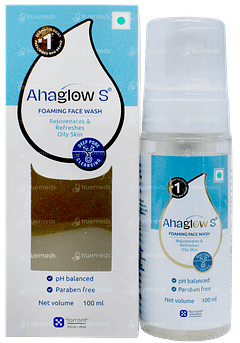

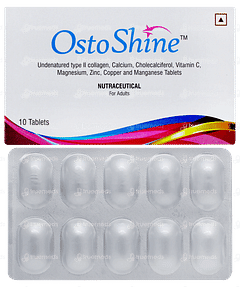
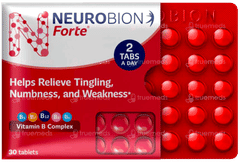
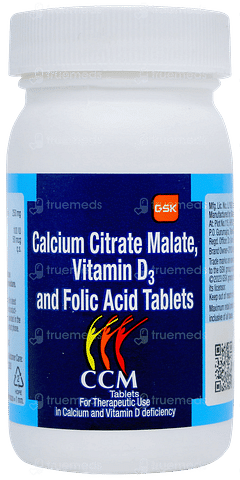
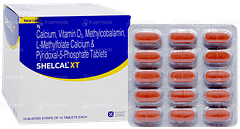
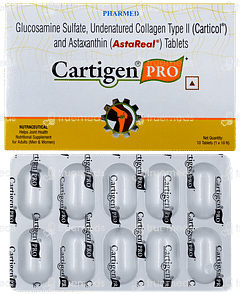
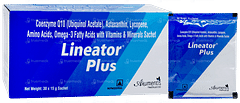
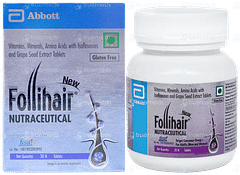
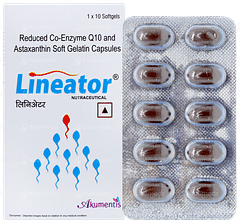
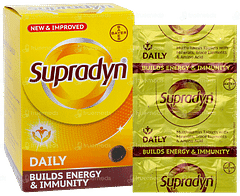
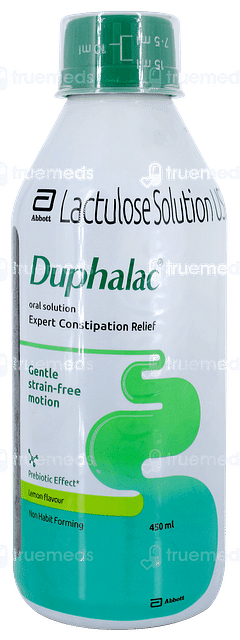
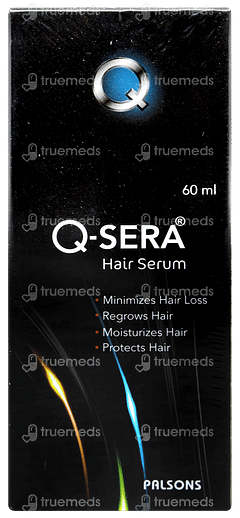
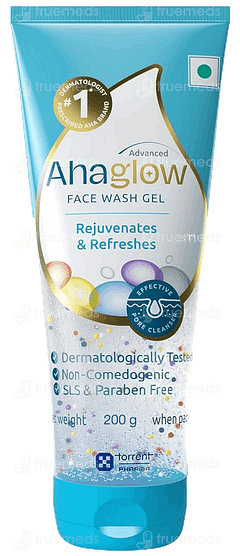
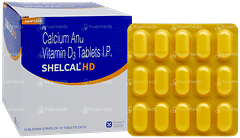
Top-selling ayurvedic products
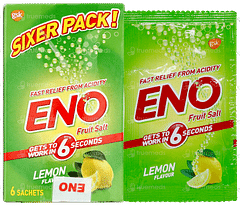
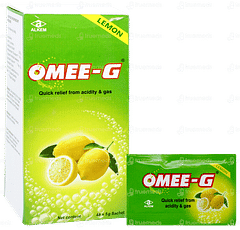
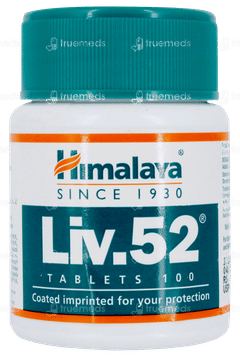
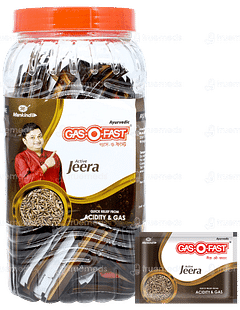
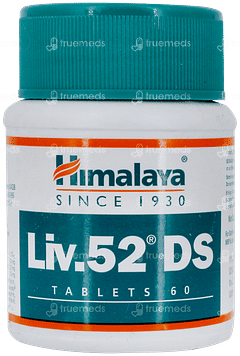
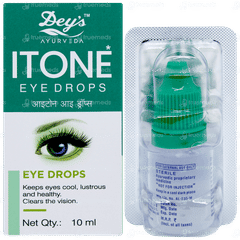
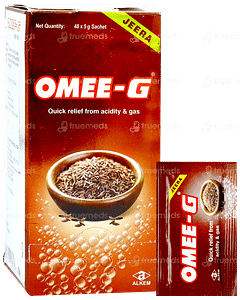
Disclaimer
Top-Selling Medicines:
...View more
Top-OTC medicines:
...View more
Top-selling healthcare devices:
...View more
Company
About UsHealth ArticleHealth StoriesHealth LibraryDiseases & Health ConditionsAyurvedaUnderstanding Generic MedicinesAll MedicinesAll BrandsNeed HelpFAQSecuritySubscribe
Registered Office Address
Grievance Officer
Download Truemeds
Contact Us
Our customer representative team is available 7 days a week from 9 am - 9 pm.
v4.10.1
2025 - Truemeds | All rights reserved. Our content is for informational purposes only. See additional information.
Our Payment Partners









